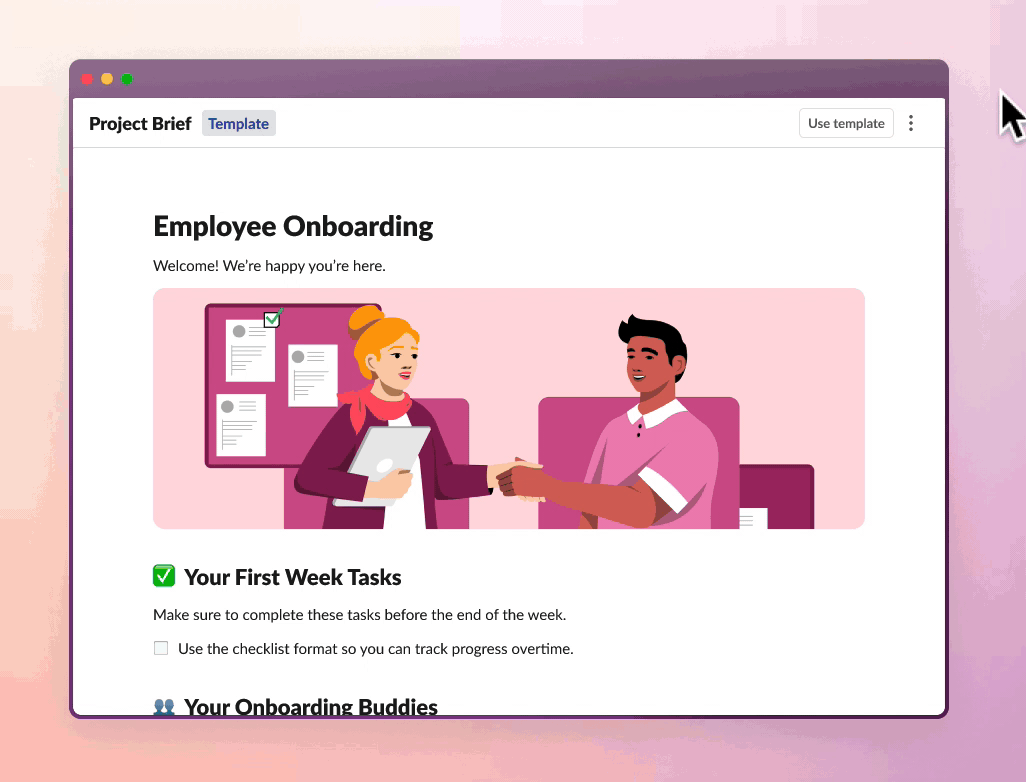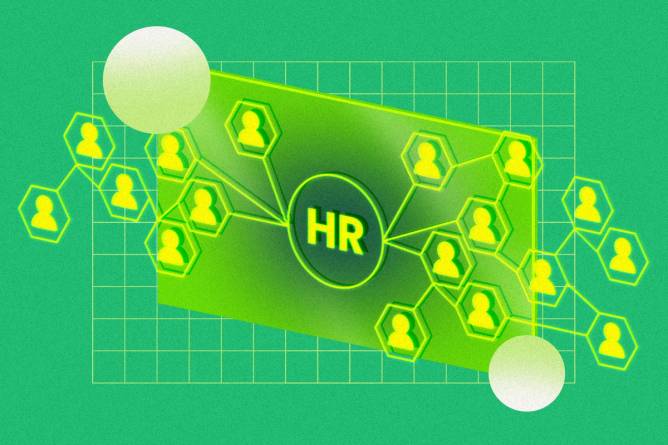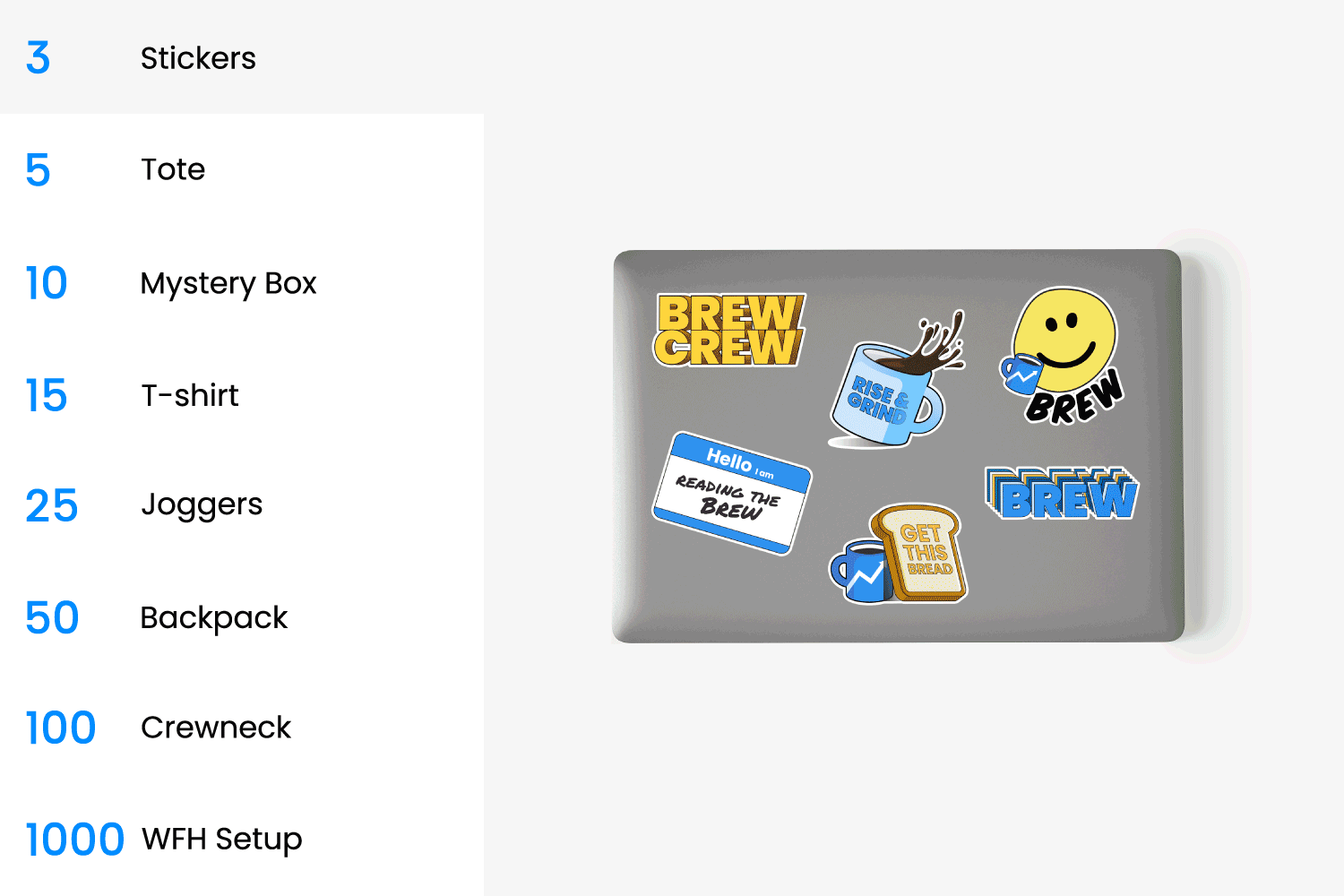Only Murders in the Building/Hulu via Giphy
Do your employees know not to click on the all-too-common phishing emails that attempt to gather sensitive company information? Many of us have at least come close to clicking a suspicious-looking link.
Your employees “can be your weakest link when it comes to cybersecurity,” Erica Kofie, head of cyber proposition for Europe at research firm QBE, told Strategic Risk. The majority (80%) of tech professionals view human error “as the biggest risk to their control systems,” and 83% think “there was a serious lack of cybersecurity-related skills in workers,” Security Magazine reported.
So, when workforces are scattered across locations, who’s more of a cyber risk, in-office or remote workers? The answer might not be black and white.
Remote risks. Some of the top cybersecurity risks for remote workers include unsecured Wi-Fi connections and phishing scams.
While some companies view remote workers as “more mindful of cybersecurity threats and…better [at recognizing] safe cybersecurity practices and protection measures compared with office-based employees,” according to The Conversation, remote workers still pose their own risks. Remote working across the world raised the average cost of a data breach for a company by nearly $1 million, Security Intelligence reported.
As remote work allows for employees to work from coffee shops and public spaces, company data can be at risk from passing from employee computers to unknown servers, leading to potential cybersecurity problems, reported Cyber Magazine.
Read more here.—MC
|
|
Having trouble finding, managing, and sharing info + team resources? No shame in your befuddled game—tons of businesses out there grapple with knowledge sharing and asset organization.
That’s why Slack decided to revamp productivity with its canvas feature. The Slack canvas gallery creates a centralized space with template options you can use as is or customize to suit your specific needs. These templates can be anything from a project brief to a marketing outline to a springboard for creativity.
HR pros, you’re gonna wanna pay special attention to this part: Slack’s also got an employee onboarding template. Whether you’re building an onboarding program from scratch or refreshing your own, canvas templates can help you guide new hires and structure your process in a snap.
See how it works.
|
|
RECRUITMENT AND RETENTION
|
The Addams Family/Paramount Pictures via Giphy
This Halloween, let’s take the ghosts and jump scares out of recruiting and leave that to the haunted houses.
While a recent survey from interview coaching service TopInterview found that some of the scariest parts of the job search for candidates are rejection and interviewing, the process can also be a little nerve-racking from the HR point of view.
We spoke with a couple of recruiters who offered up advice on how to make interviewing less scary for both recruiters and candidates.
Transparency is integral. One of the main ways recruiters can make the job search less scary is by taking off their (corporate) costumes and showing a little more of their real selves, said Laura Mazzullo, founder of recruitment firm East Side Staffing.
“There’s this persona of many recruiters, who are positive, optimistic, and sugarcoat or sweeten things, like telling the candidates all the perfect things about the company, the role, how great the manager is, and how great the [job] market is,” Mazzullo told HR Brew. “But that’s the part that’s scaring candidates…they’re not getting the transparent picture.”
Read more here…if you dare.—MC
|
|
Francis Scialabba
Some of the best things are post: post-impressionism, post-punk, the Post Office. Enter the next big post: the post-industrial economy.
According to human capital advisory firm the Josh Bersin Company, the old ways of navigating labor-management—managers directing what employees do, a surplus of labor to fill vacancies—are over. What’s shaping our economy now is a persistently tighter labor market, more productive work from skills-based jobs, and the rapid expansion of technology such as AI.
These new features have big implications for HR. According to Josh Bersin, industry analyst and founder and CEO of the Josh Bersin Company, what defines the top companies in the post-industrial economy is their people practices.
“We’re reaching the point where companies with great people practices and great skills and great cultures outperform much bigger companies that don’t have that,” he said.
Read more here.—AD
|
|
TOGETHER WITH ARBINGER INSTITUTE
|
|
The leadership development blueprint. Transformation happens from the top down, and your org’s leaders hold the key to fostering a winning company culture. Okay, okay—easier said than done. That’s why Arbinger Institute put together their free guide: The Leadership Gold Standard. Learn how to cultivate a positive culture transformation to drive lasting growth.
|
|
Francis Scialabba
Today’s top HR reads.
Stat: Nearly one-half of healthcare workers reported being burned out in 2022, while reports of being harassed at work more than doubled. (CNN)
Quote: “Security has to be a business differentiator, security has to be part of your strategic plan to grow your business.”—Geoff Belknap, LinkedIn’s chief information security officer, on why the social platform created a chatbot to answer employees’ questions on cybersecurity (the Wall Street Journal)
Read: Why workers are increasingly confident asking for higher compensation, despite a cooled labor market. (USA Today)
Some serious ROI: What’s the potential ROI your biz could see when employing Beamery’s top-notch talent platform? Beamery commissioned Forrester Consulting to find out. See the impressive results from the Total Economic ImpactTM study.*
*A message from our sponsor.
|
|
|








